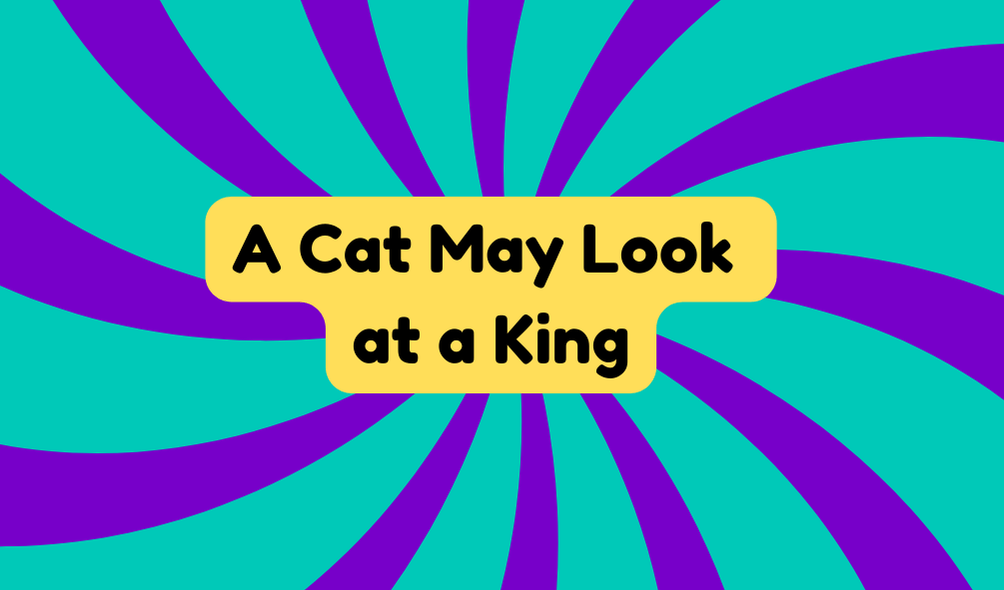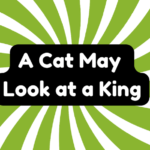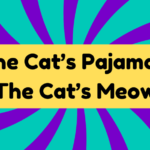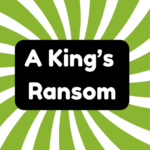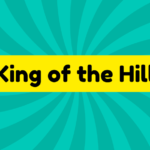“A cat may look at a king” means those in lower positions can challenge or confront authority figures. This idiom emphasizes the idea that unexpected boldness can arise, even from subordinates. Historically linked to power dynamics, it reflects the capacity of individuals, regardless of status, to question norms. In today’s society, this saying remains significant as it encourages open dialogue and the reassessment of traditional roles. Exploring this concept further reveals its relevance in contemporary discussions about hierarchy.
Synonyms
The proverb “A cat may look at a king” carries various synonyms that capture its essence of highlighting audacity within hierarchical structures. These alternatives explore the intersection of cat behavior and social hierarchy, revealing the boldness present in subservient roles. Understanding this concept can prompt reflection on how individuals express themselves in the presence of authority. Consider the following synonyms:
- “Every dog has its day.”
- “Squeaky wheels get the grease.”
- “Know your place.”
- “The bold may speak.”
- “Equal in spirit.”
These expressions challenge traditional norms, emphasizing that even the lower ranks may question or confront their superiors.
Example of Sentences
Interactions in hierarchical situations often reveal surprising dynamics, illustrating how those in subordinate positions can display unexpected boldness. This tendency resonates with cat behavior, where a seemingly inferior creature might confront a dominant figure. Example sentences reflecting this metaphor include:
- “Her boss had just entered but she still went on break.”
- “He talks to his wife in a way that a cat may look at a king.”
- “In meetings, employees often express their opinions, even if the manager is present.”
- “Students sometimes challenge teachers, akin to how a cat may look at a king.”
- “Dismissing authority can feel audacious.”
These instances challenge social hierarchy norms.
Origin
First recorded in 1562, the proverb “A cat may look at a king” finds its roots in the work of John Heywood, who collected various sayings. This phrase studies cultural interpretations and highlights hierarchical dynamics prevalent in society. The idea that those of lower status can observe, and perhaps even challenge, figures of authority underscores a universal theme. Historically, while no verified instances predate Heywood’s text, its implications resonate beyond mere words. Society often grapples with power structures, suggesting that even the seemingly powerless have moments of audacity, questioning if it’s wise to behave as though hierarchy reigns unchallenged.
Collocations
Collocations play a significant role in understanding the phrase “A cat may look at a king,” as they illustrate how language shapes perceptions of power dynamics. The way certain words collocates with authority figures reveals insights into hierarchical behavior, influencing interactions.
- Power dynamics
- Authority figures
- Social interactions
- Hierarchical behavior
- Expressing opinions
These terms serve as a foundation for analyzing relationships between subordinates and superiors. Recognizing such collocations helps individuals navigate complex social hierarchies, ultimately reflecting the nuanced interplay of confidence and deference inherent in everyday interactions. Understanding these connections fosters a more critical perspective on authority.
How to Use in Everyday Language
Understanding how to use the phrase “A cat may look at a king” in everyday language can enhance conversations about power dynamics and social behavior. This expression can ignite discussions in casual conversation and workplace dynamics, revealing insights into hierarchical relationships.
| Context | Application |
|---|---|
| Meetings | Employees voice opinions openly |
| Family Conversations | Children challenging parental views |
| Workplace Interactions | Subordinates critiquing managers |
| Classroom Settings | Students questioning teachers |
| Social Gatherings | Friends pushing boundaries |
Utilizing this phrase provides a means to dissect the complexities inherent in authority and its perceptions, promoting a candid dialogue around expectations and autonomy.
Why Is It Still Relevant Today?
How does the phrase “A cat may look at a king” maintain its relevance in today’s society? This expression continues to resonate due to the audacity it represents within cultural hierarchy. In an age where authority is often questioned, individuals from various backgrounds assert themselves, challenging traditional power dynamics. The proverb encourages subordinates to express their viewpoints, even in the presence of superiors, reflecting a changing societal landscape that values open dialogue. By acknowledging this boldness, society embraces a more inclusive atmosphere, where even those at the bottom of the hierarchy dare to engage with those at the top, fostering innovation and growth.

